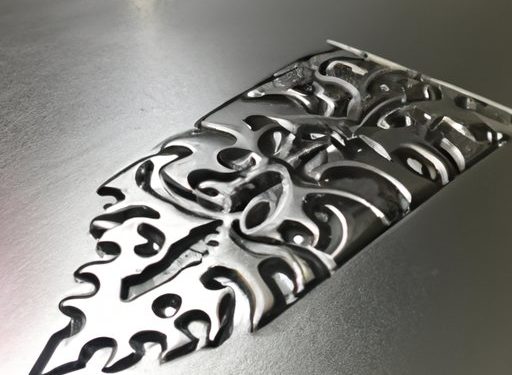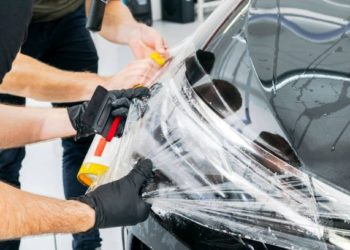Introduction
Laser engraving on aluminum is a versatile and powerful technique widely used across various industries, from automotive to consumer electronics. Mastering this skill can significantly enhance the quality and precision of your projects. This article provides an in-depth look into the techniques and tips necessary for achieving excellent results in laser engraving aluminum.
1. Understanding Laser Engraving
Laser engraving is a process that uses a focused beam of light to etch designs, text, or patterns onto a material’s surface. It is distinct from laser etching and marking, which are less invasive and typically used for different applications. Engraving involves removing material to create deeper marks, making it ideal for creating durable and precise engravings on aluminum.
2. Types of Lasers for Engraving Aluminum
Fiber Lasers
Fiber lasers are known for their efficiency and precision when engraving metals like aluminum. They offer high power and excellent beam quality, making them suitable for detailed work.
CO2 Lasers
CO2 laser engravers can also be used for engraving aluminum but often require special coatings or treatments on the aluminum surface due to their longer wavelengths. They are generally more versatile, being used on various materials.
Diode Lasers
Diode lasers are less common for engraving aluminum due to their lower power output. However, they can be effective for certain applications, particularly when dealing with coated or anodized aluminum.
3. Preparing Aluminum for Engraving
Proper preparation is crucial for achieving high-quality engravings. The aluminum surface should be thoroughly cleaned to remove any dirt, grease, or oxidation. Choosing the right type of aluminum is also essential. Bare aluminum, anodized aluminum, and powder-coated aluminum each have unique properties that affect the engraving process.
4. Laser Engraving Techniques
Adjusting the laser settings is key to achieving optimal results. This includes fine-tuning the speed, power, and frequency of the laser. Different finishes of aluminum require different approaches. For instance, bare aluminum might need different power settings compared to anodized aluminum to ensure clarity and depth without damaging the material.
5. Common Challenges and Solutions
Engraving aluminum presents unique challenges, such as reflectivity and heat dissipation. To overcome these, ensure that your laser system is properly calibrated and that you are using the appropriate settings for the material. Consistency in engraving depth and clarity can be managed by regularly maintaining and adjusting your equipment.
6. Tips for Optimal Results
Maintaining your laser cutting machines is crucial for consistent performance. Ensure proper ventilation to avoid overheating and remove any fumes or particles generated during the engraving process. Safety precautions, such as wearing protective eyewear and following operational guidelines, are essential to prevent accidents.
7. Applications of Laser Engraving on Aluminum
Laser engraving is used in numerous industries due to its precision and durability. In the automotive industry, it is used for marking parts and components. In the medical field, it ensures the traceability and identification of medical devices. Aerospace applications benefit from its ability to create detailed and durable marks on various components. Consumer electronics often feature laser-engraved branding and identifiers.
8. Future Trends in Laser Engraving Technology
The field of laser engraving is continually evolving with advancements in technology. Emerging applications and innovations, such as more efficient laser sources and enhanced automation, are making laser engraving more accessible and versatile. Keeping up with these trends can provide new opportunities and efficiencies in your engraving projects.
Conclusion
Mastering laser engraving on aluminum requires understanding the nuances of different laser types, proper material preparation, and precise technique. By following the tips and best practices outlined in this article, you can achieve high-quality, durable engravings suitable for a wide range of applications. As technology advances, staying informed about the latest trends will help you maintain a competitive edge in your laser engraving endeavors.











































































